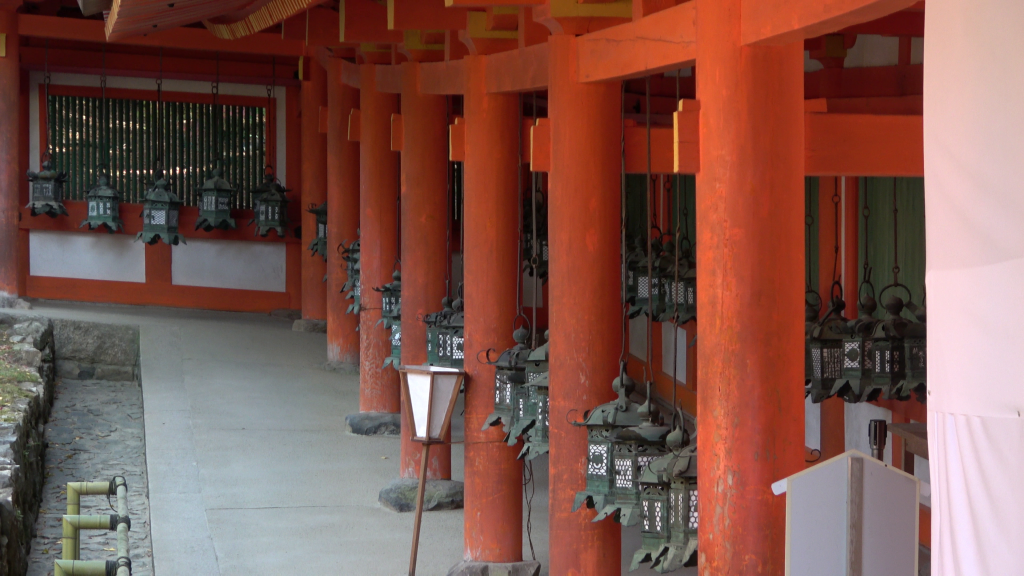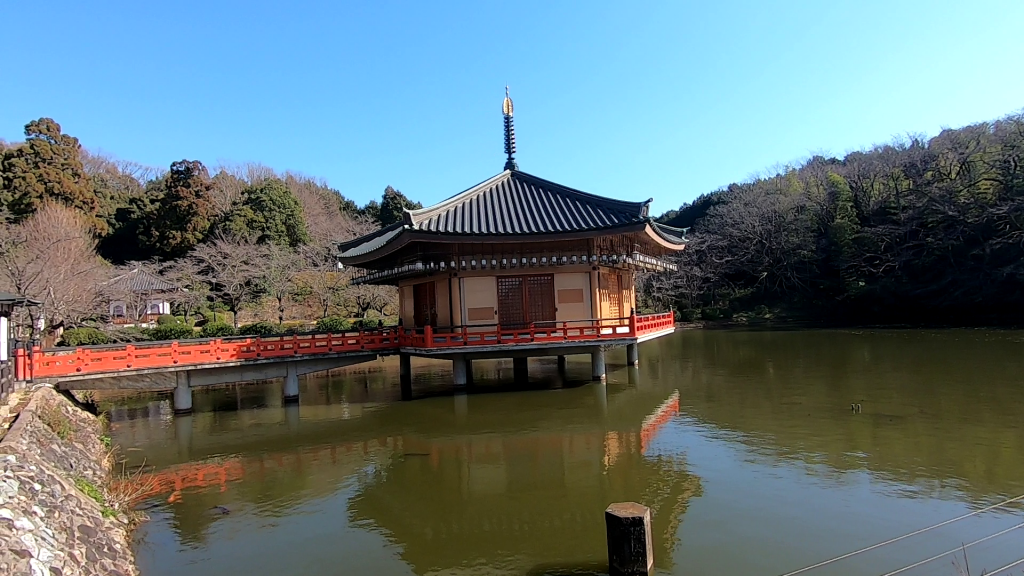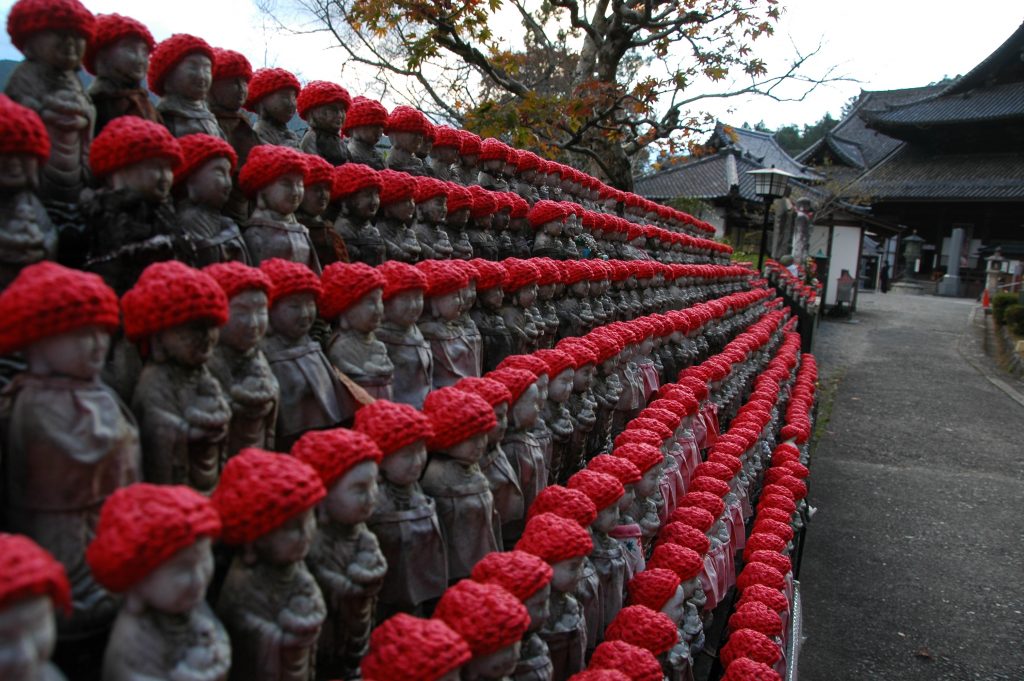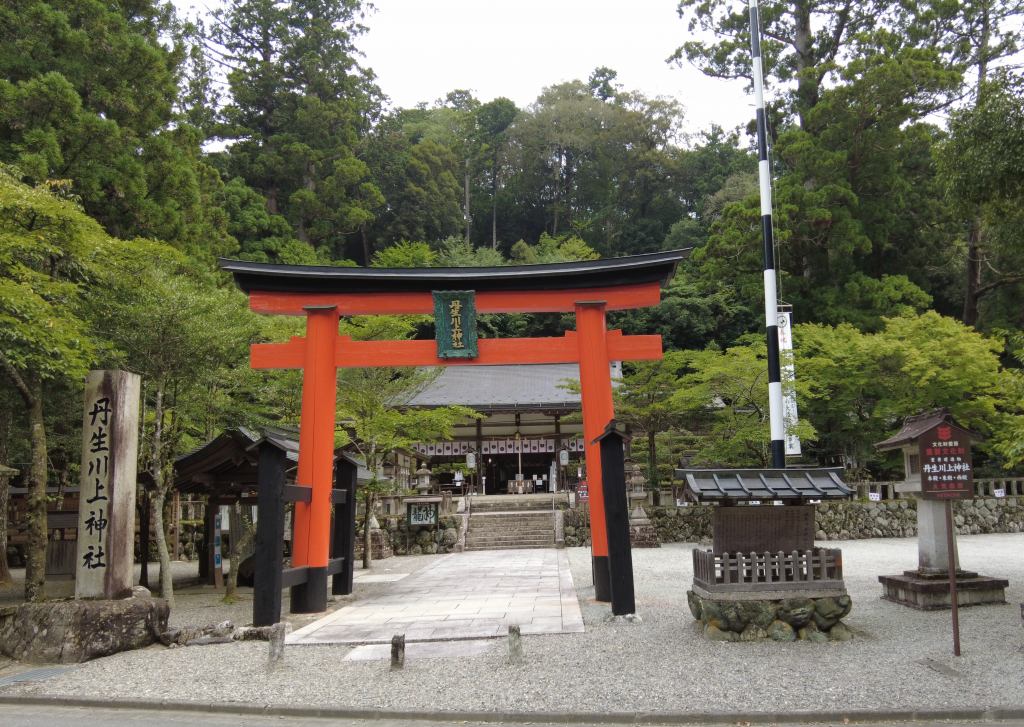The Roots of the Vermilion Red Color Used in Japan’s Shrines and Temples
2023/02/25
If you have had the chance to visit at least a few of Japan’s many temples and shrines, or perhaps viewed media of them, you have probably observed a pattern of architecture painted in vermilion red. This special color is ubiquitous in Japan has been applied to a variety of different objects beyond just architecture, seeming to posses a power that draws in one’s attention, letting the viewer know that an object or structure is something of significance.
So, where does this color come from? In short, the traditional vermilion red paint that is found on shrines and temples throughout the country was originally sourced from cinnabar, the ore from which mercury is also derived. Cinnabar was commonly used as paint in past times due to its naturally beautiful, rich red color, compatibility with other substances, and because it acts a preservative, protecting against bacteria growth and from the elements. It was also considered a sacred substance that could protect against evil spirits, which is an idea believed to have been introduced to Japan from China long ago.
For a more detailed explanation, please read on below.

The vermilion red paint at Nara City’s Kasuga-taisha Shrine.
Though a highly toxic ore, cinnabar has a long history of use around the world as a pigment due to its versatility. One only needs to search online to find numerous examples of its use in artwork and so on in various cultures spanning the continents.

Abe Monju-in Temple’s Golden Pavilion, a place strongly associated with Taoism. Notice the vermilion coloring of the railing.
The tradition surrounding the painting Shrines and Temples in vermilion paint derived from cinnabar is thought to have originated in China, where there is evidence of its use as a paint in locations where rituals were conducted dating back to several thousand years ago. It was also used believed to have life-extending properties if ingested; the founder and Emperor of the Qin Dynasty was famously said to have used mercury in the mistaken hope that the highly toxic metal would give him eternal life.
In Taoism, mercury was considered to embody of the concept of yin, opposite to gold, which was seen as yang. Therefore, it was believed that if you mix these 2 elements you could create a material with the characteristic of balance. There is actually some interesting science to this, as gold and mercury will mix and form a unique alloy in a process known as amalgamation, which was used for creating ancient gilding designs. It has been recorded that when the Giant Buddha of Nara was built in 751, it was originally covered in gilding that required 750kg (!!) of mercury to create.
The formation of early Japan was heavily influenced by China through continuous contact via official envoy missions up until the start of the Heian period, with ancient leaders in Japan importing and incorporating various Chinese traditions into their own society, including kanji characters, Buddhism, and architectural construction methods / city design & planning. Although cinnabar paint far predates the country of Japan (as there is evidence of it dating back to the Jomon period), its use for sacred spaces was probably also introduced to Japan during early trade with China, likely first being used in new Buddhist temples, and then later spreading to Shinto shrines. It was also used traditionally for other purposes, including as paint on ceramics.

Jizo with vermilion colored hats at Hase-dera Temple, Sakurai City.
Beyond use in sacred spaces, the importance of cinnabar to many aspects of Japanese culture can be found in some surprising places. A common everyday use object that has roots in cinnabar is the Japanese hanko stamp, which is still used in everything from accepting deliveries of packages to signing contracts by both individuals and business entities. The color of the hanko is vermilion red and the Chinese character for hanko is “朱,” which also means cinnabar or “shinsha” in Japanese.
In Nara Prefecture, there are 3 historically important shrines that have names that are connected with cinnabar, these are the upper, middle, and lower Niukawakami shrines of Kawakami Village, Higashiyoshino Village, and Shimokitayama Village, respectively. The word “Niu” (丹生) in Niukawakami (丹生川上) is another root term meaning “cinnabar,” which is was actually found in the mountainous region where the shrines are located. If you ever see the term “Niu” attached to an area name in Japan, it may likely mean it is a region where cinnabar was found, as is the case for several locations in the Kii Peninsula.
There is also a deity of cinnabar by the name of Niutsu-hime, who is enshrined at the Niutsuhime Shrine in the temple district of Koyasan, not far from the southwestern border of Nara Prefecture.

Niukawakakamijosha Shrine in Higashiyoshino Village. This shrine, along with its sibling shrines, were historically important spots for praying for a favorable supply of water.
In conclusion cinnabar has been used in Japan throughout history in a variety of ways that still influence modern society. So, next time you see the vermilion architecture of a shrine or temple here in Nara, or perhaps find some red hanko ink in general goods store, consider the fascinating and ancient roots that the color is based upon.
We here at Kansai Treasure Travel are always happy to guide you the many amazing historical Shinto shrines and other sites that you can find here in Nara, including the sites discussed in this article. Please feel free to contact us anytime for more information or to arrange a tour.

Want to dig deeper into Japanese culture? How about a thousand-lantern night tour at the UNESCO World Heritage Kasuga Taisha Shrine? Or be awed by a master swordsmith as they demonstrate how to make a real Japanese sword? Or jump into a sumo ring for a bout with amateur sumo…
from340,000JPY

01
FIND YOUR FAVORITE
TRIP ON OUR WEBSITE.
SEND US AN INQUIRY.

02
PERSONALIZE THE TRIP
TO YOUR INTERESTS
WITH OUR CONSULTANT.

03
20% DEPOSIT TO CONFIRM.
BALANCE PRIOR TO ARRIVAL.
PAYMENT BY CC OR TT.

04
WE WILL
MEET YOU
AT THE AIRPORT.

05
DISCOVER THE
TREASURES!